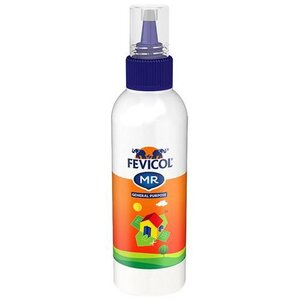- Joined
- Nov 16, 2018
- Messages
- 145
- Points
- 88

I thought I would post a thread on glues--any and all advice and suggestions are more than welcome. The reason I'm posting this is because I have finished the framing of Caldercraft's HMS Victory and am beginning the planking process. Over 40 years ago I purchased my very first plank-on-frame wooden ship model kit, namely, Sergal's Great Harry. The store manager of Ship's Unlimited (no longer around) where I purchased the kit told me that when I begin the planking process that contact cement works great. He was right! I applied the contact cement to each frame and on the plank. I waited a couple of minutes and then applied it again, but only to the frames. When I pressed the plank into position it was immediately bonded to the ship. No nails are necessary--the glue holds it in place with a "death-grip"! For this reason, you need to be positive about your placement of the plank, because it ain't gonna come off without damaging the plank and perhaps the frame. Try it out on some scrape wood to see if you would want to use it for your ships. Personally, I love using it. I'm not very handy with a hammer and nails! I hope this clarifies any thoughts that some of you might have had about contact cement. Please bring forth both positive and negative comments in regards to using contact cement in the world of model ship building.
Thank you so much,
Andy from Kenosha
Thank you so much,
Andy from Kenosha






